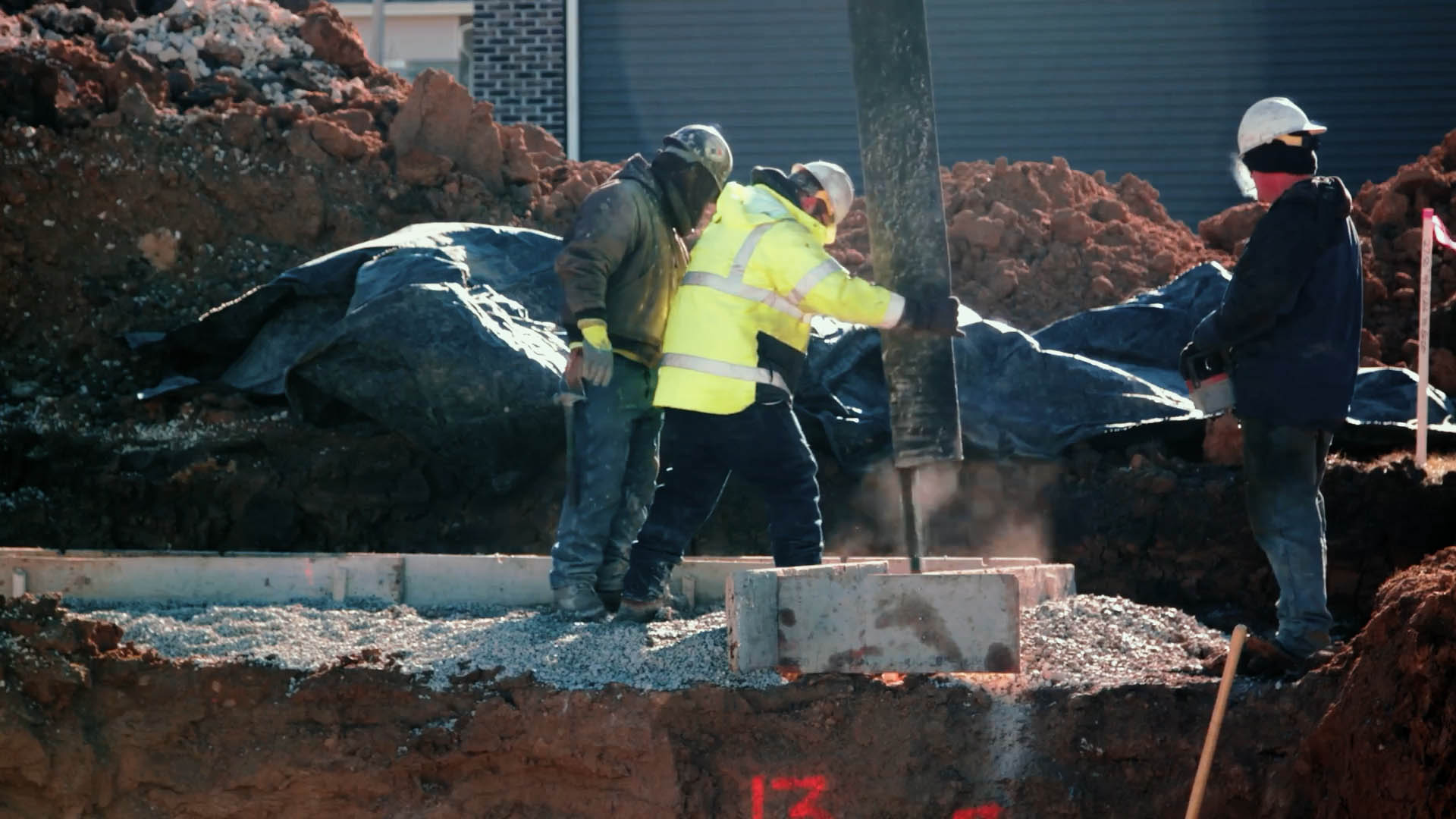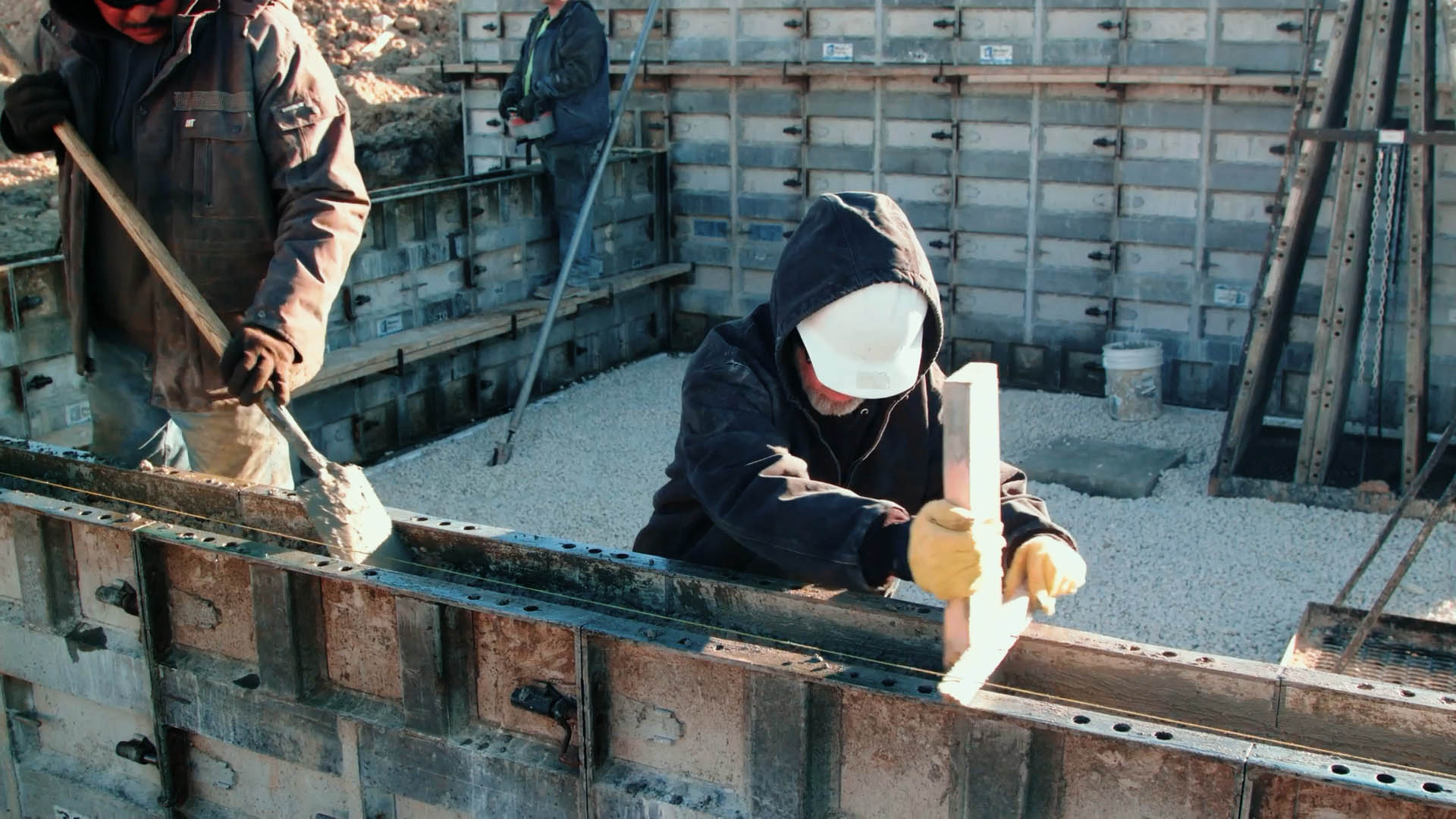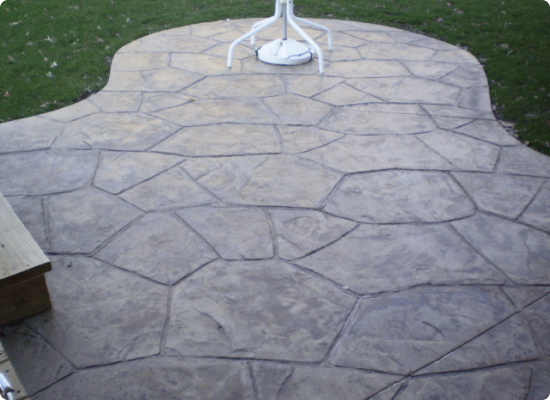
Our Services
Foundations expertly formed and poured to stand time’s test
When it comes to foundation work, Cru Concrete has earned the trust, respect, and business of top builders in the Madison and Milwaukee areas. We have 10 crews that focus on foundation work. From PROFORM HD footings to walls of any height, Cru provides the kind of solid foundations that contractors and homebuilders have come to rely on for exceptional performance.








Cru’s specialized techniques give flatwork more staypower, and more beauty.
Cru is a leading provider of high-quality flatwork services for major contractors and homebuilders in Wisconsin's Madison and Milwaukee regions, specializing in various concrete applications including driveways, patios, sidewalks, and signature stamped concrete offerings. Our expert crews deliver superior workmanship in stamped concrete that replicates the appearance of premium materials like brick, slate, and stone at a more affordable price point, while maintaining exceptional durability and offering extensive customization options through diverse patterns and colors.







FAQ
A: Carrying out basic winter-time duties can go a surprisingly long way toward maintaining your concrete. For example, by keeping your driveway, sidewalk, and steps shoveled and clear of snow, you’re reducing the chances that the snow gets compacted into the concrete. And that means less snow freezing into the surface of your concrete and facilitating the freeze/thaw cycle. The fewer times that moisture enters your concrete and freezes, the less likely it is to become damaged. Also, note that your shovel matters. Use a plastic shovel instead of a metal one. The bent/sharp corners of a worn metal shovel can damage the surface of certain types of concrete.
A: The short answer is no. If you choose to use salt, here’s what you should know. Salt is extremely corrosive and can eventually—if not immediately—cause damage to your concrete. Although there are several types of deicing salts on the market, all of them share this common adverse property. More than that, many are considered environmentally harmful to vegetation and waterways. The bottom line is this: If at all possible, instead of using salt of any kind, use sand or fine gravel for traction.
A: If there is a safety concern and you feel you must use a deicing salt, remove the ice and residue with a shovel immediately after the salt product has melted the snow and ice. Note this as well: If you anticipate consistently using a deicing salt, you will want to first protect the surface with a salt-resistant sealer. Many types of sealants are available that will provide a degree of protection from the effects of caustic substances such as salt. There are also sealants with grip-additive built into them that can increase traction. Again, however, if possible, you should refrain from using salt on your concrete.
A: Stamped concrete is regular concrete that is poured to the standard 4-inch depth (or other specified depth). While still wet, the concrete is colored, textured, and/or imprinted with special tools designed to give the concrete surface the look of real brick, slate, tile, or stone.
A: The pigments worked into the surface of the concrete are synthetic iron oxides. The same pigments are used in bricks and do not noticeably fade for many years.
A: The system for making decorative concrete—i.e., stamped concrete—is more than 30 years old, with the techniques tested and proven in countries around the world. With our focus on innovation, Cru has continued to improve on the standard stamped concrete methods. This has enabled us to develop stamped concrete that’s stronger and more beautiful than ever.
A: No weeds can grow through the grout joints of stamped concrete. That means you won’t have to “mow the patio.” Additionally, because of repeated freeze-thaw cycles, heavy rains, and everyday foot traffic, brick pavers often settle, undulate, or separate. This poses a liability risk from people tripping. Stamped concrete does not have this problem. Stamped concrete is also approximately 30 to 50% less expensive than brick pavers.
Working smarter: the Cru way
Where a lot of companies have two or three workers on a project, Cru usually has five or six. There’s a reason for that: The work is challenging enough. Using more crew members helps make the job easier on everyone—and increases efficiency.
On top of that, Cru uses the latest concrete equipment and technology, which leads to a superior final product and helps create a safer, less physically strenuous work environment for our teams.
